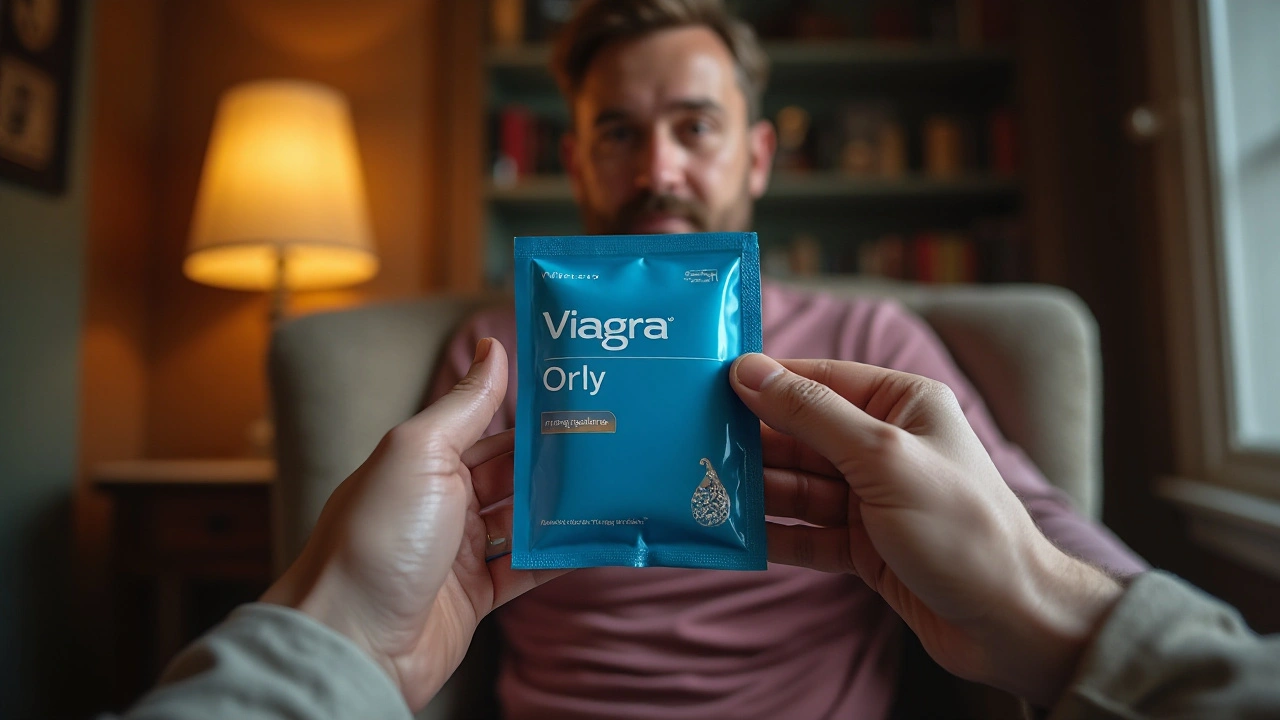Dosage: How to measure medicines and supplements the right way
Giving the right dose matters. Too little may not work. Too much can harm you. This page explains how to read dosage information, measure pills and liquids, and avoid common mistakes so your medicines and supplements do what they should—without added risk.
Understanding dosage labels
Look first at the label or prescription. You’ll usually see a strength (like 500 mg), a quantity (one tablet), and a frequency (twice a day). Take note of the unit: mg, mcg, IU, mL. Those are not interchangeable. If a medicine says "take 1 tablet twice daily," that means one of those tablets every 12 hours or as directed by your prescriber.
Be careful with combination products. For example, many cold medicines include acetaminophen plus other drugs. Check the total acetaminophen you get from all sources—some guidance recommends staying under commonly cited limits like 3,000–4,000 mg per day for adults, but follow your doctor or the label for the exact safe limit for you.
Practical tips to avoid dosing mistakes
Measure liquid medicine with an oral syringe or dosing cup, not a kitchen spoon. One teaspoon equals 5 mL, so if a label says 2.5 mL, that’s half a teaspoon. For infants and children, use the syringe provided; small errors matter more at low weights.
Never crush or split pills unless the label or pharmacist says it’s okay. Extended-release (XR, ER) and enteric-coated tablets are designed to release slowly. Crushing them can release too much drug at once and cause harm.
When switching brands or strengths, re-check the math. Two 250 mg tablets are not the same as one 500 mg if the shape or coating differs. If you’re given a new prescription, read it before you leave the pharmacy and ask for clarification right away.
Adjustments are common. Older adults, people with kidney or liver problems, and those on multiple drugs often need lower doses. Herbal supplements and over-the-counter products can interact with prescriptions—tell your prescriber about everything you take.
If you miss a dose, the general rule is: take it as soon as you remember unless it’s almost time for the next dose. Don’t double up to catch up. For specific meds—like blood thinners or antidepressants—ask your prescriber what to do if you miss a dose.
Store medicines as directed. Heat and humidity can change potency. Keep child-resistant caps closed and keep a clear record of when you take each dose—pill organizers or phone reminders help a lot.
When in doubt, call your pharmacist or prescriber. If you suspect an overdose or see severe symptoms—trouble breathing, fainting, severe rash, or sudden confusion—seek emergency care right away.
Want more on a specific drug or supplement dose? Search our articles for topics like acetaminophen dosing, glaucoma eye drops, or diabetes medication dosing tips to get clear, practical advice tailored to common medicines.
Symmetrel (Amantadine) Explained: Uses, Dosage, Side Effects & Safety Guide
A clear, up‑to‑date guide on Symmetrel (amantadine) covering what it treats, how it works, proper dosing, safety tips and common side effects.
View MoreCnidium Supplement (Cnidium monnieri): Benefits, Dosage, Side Effects [2025 Guide]
What cnidium is, what it can and can’t do, exact dosing steps, safety, and how to buy a legit product in 2025-clear, evidence-based, and no hype.
View MoreViagra Oral Jelly: Your Comprehensive Guide to Benefits and Usage
Viagra Oral Jelly offers a practical alternative to traditional Viagra pills for those with erectile dysfunction. This article dives into the medical considerations, potential side effects, and drug interactions associated with this medication. Readers will find guidance on common dosages and recommendations for optimal use. Whether new to the product or seeking detailed insights, the information provided aims to equip users with essential knowledge for safe and effective treatment.
View More

![Cnidium Supplement (Cnidium monnieri): Benefits, Dosage, Side Effects [2025 Guide]](/uploads/2025/08/cnidium-supplement-cnidium-monnieri-benefits-dosage-side-effects-2025-guide.webp)
